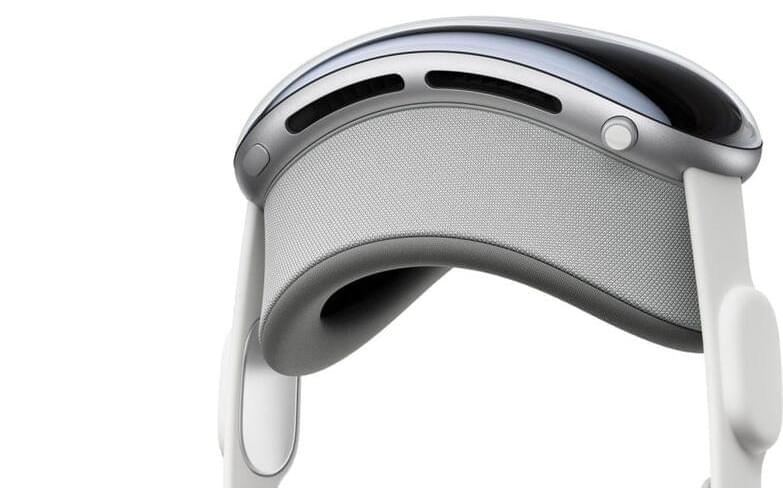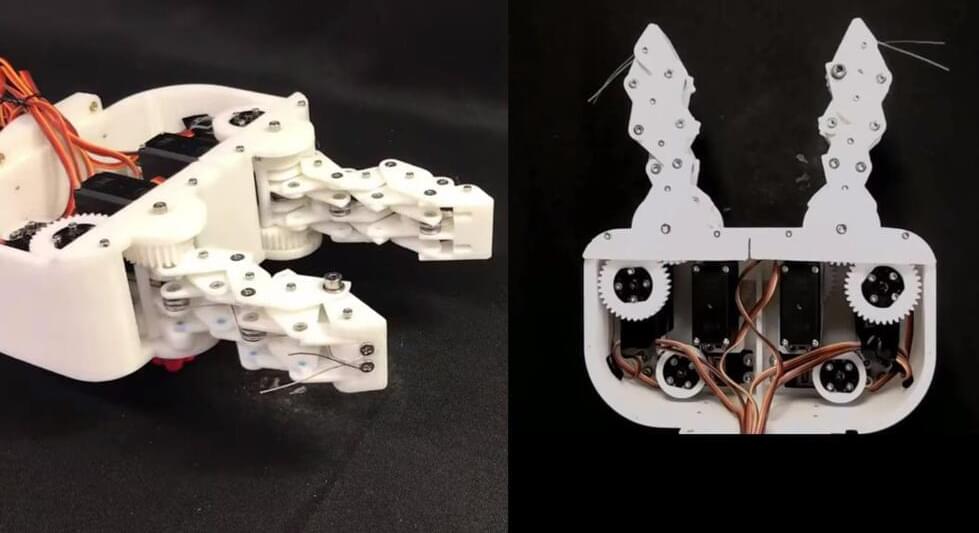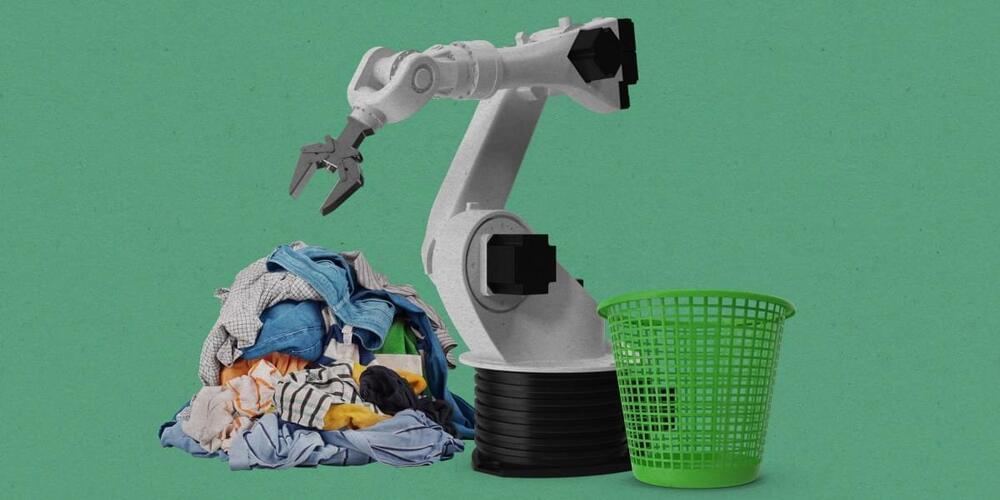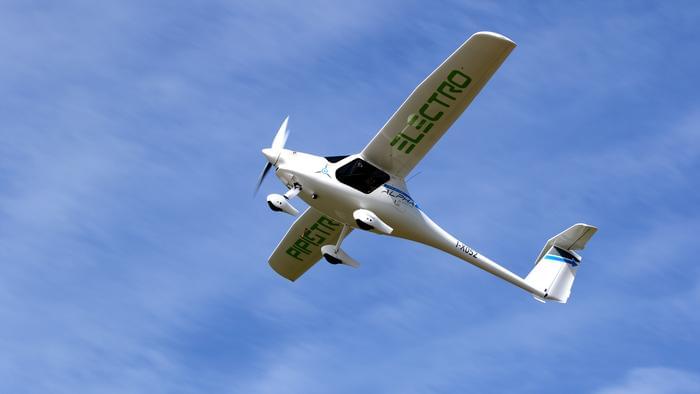Feb 6, 2024
An AI Just Learned Language Through the Eyes and Ears of a Toddler
Posted by Dan Breeden in categories: habitats, robotics/AI
For the next year and a half, the camera captured snippets of his life. He crawled around the family’s pets, watched his parents cook, and cried on the front porch with grandma. All the while, the camera recorded everything he heard.
What sounds like a cute toddler home video is actually a daring concept: Can AI learn language like a child? The results could also reveal how children rapidly acquire language and concepts at an early age.
A new study in Science describes how researchers used Sam’s recordings to train an AI to understand language. With just a tiny portion of one child’s life experience over a year, the AI was able to grasp basic concepts—for example, a ball, a butterfly, or a bucket.


















